A Formule du Jour in Paris
maman and mamie on the difference between bistrot and brasserie; recipes for oeufs mimosa and ratatouille
At the brasserie, everything happens fast except the cooking of the eggs. Hard-boiled, the yolk is separated from its white and mixed with a mayonnaise – oeufs mimosa. I sit at the small table set against the window: behind me, an old man eats his steak frites, mumbling; outside, a couple shares two lager beers. He is smoking and she is wearing cigarette-cut trousers, red. There is a small bowl filled with salted peanuts between them. I like to say the word cacahuète a lot, and I crave a mouthful of them. A crunch, a sting.
A waiter places a chalkboard on the chair in front of me. I ask about the fish of the day.
‘Cabillaud, mademoiselle.’
‘Très bien.’
He serves me some water and walks away swiftly. The meal deal – formule du jour – was for an avocado tartare, served with grilled gambas for starter; tagliatelle with chicken for a main; tarte aux pommes fine, topped with a scoop of vanilla ice-cream for dessert. Either starter and main or main and dessert for 18, 90 Euros. Everyone who passes through the door makes a comment about the weather being appropriate if we were the 12th of November. I appreciate this about the French: they speak without expecting an answer.
The waiter returns with a basket. Floury baguette, I launch my hand, but I’m interrupted. The catch of the day has changed, ‘Dorade,’ the waiter tells me, and he moves away before I have time to confirm that sea bream is fine with me.
Two women have arrived and were greeted by their first names. They sit with the silent gestures of old habits. I understand this is their table. Time flies and a different waiter from the one who has been looking after me drops two small glasses of wine before them. Red. I might have heard one of them making a comment about the weather, but my memory fails me. My dish arrives, and I attempt to read while eating. Runaway by Alice Munro. A sprig of thyme, pink peppercorn; crispy skin, tender meat, a fish that reconciles. I eat, I mop leftovers of ratatouille and the waiter clears my plate.
‘Un café ?’
‘Court.’
He didn’t offer me dessert. I’m using a table for two and it’s time to feed someone else. I dip the biscuit that was brought with my coffee, and I down the warm beverage. I pay, I leave.
The appellation brasserie comes from the verb ‘brasser’ – to brew – and the brasserie is where, traditionally, artisanal beer was brewed and served. One can expect a brasserie to be open without interruptions from breakfast until late in the night – the dish options are varied, and so are the drinks. Tables are renewed as much as possible, and the waiting time is fast, faster, nonstop.
A classic, rapid Parisian lunch is the omelette. My mother has asked me to tell you that you should use butter (more than you think) and only pour the beaten eggs once the pan has heated up. Grab a wooden spoon and scrap from the edges towards the middle of the pan while the omelette cooks over a gentle heat, gently but continuously. This method will allow the eggs to cook thoroughly and for the omelette to preserve a silky texture. (no milk in the preparation.)
As for today’s entrée, we will eat our eggs hard but generous. Recipe for four oeufs mimosa:
4 eggs
chive (fresh)
1 tsp mustard
250ml olive oil
1 egg yolk
(or already-made mayonnaise)
In a large pot, bring water to the boil and cook the eggs for 10 minutes. Once they’re ready, put the eggs in cold water to stop their cooking.
In the meantime, make the mayonnaise (or fetch some in the fridge). Beat together the egg yolk, mustard, and olive oil until the texture is thick enough to form a mayonnaise.
Peel the eggs and cut them lengthwise. With the help of a teaspoon, separate the yolk and the white for each egg. Transfer the yolks into a small mixing bowl.
In the small bowl, mash the egg yolks with the help of a fork. Reserve half of the portion and mix the other with the mayonnaise. Spoon the mixture inside the halved egg whites and sprinkle the leftover egg yolks. Cut some chives on top, and you can add a grind of black pepper if you feel like it. Serve.
I asked my grandmother about the difference between the bistrot and the brasserie. She responded that ‘le bistrot c’est la cuisine du jour’ – at the bistrot, originally, there would be one or two dish options and it would change daily. The menu is a dance around the ingredients the chef was able to source at the market earlier in the morning.
At the bistrot, food is served between set hours only. Today, menus offer more than one options, but the suggestions should remain simple and curated. The carafe is for a house wine. Nothing complex. The bistrot is convivial, and I opt for this word choice after my mother listed her favourite plats du jour out loud in her kitchen. Blanquette de veau or boeuf bourguignon. ‘Un cassoulet,’ my grandmother added.
It's not rare to find that the two words, Brasserie and Bistrot, are used interchangeably to name a venue, or for a restaurant. My aunt’s restaurant in Paris is called Bistrot Le Cap. I asked about that and Mamie Paulette said that when they opened the restaurant, my aunt and uncle wanted to hint on the fact that the menu is small and changes in tune with the shelves at the marché de Rungis. When I worked at Le Cap during my high school years, the chef would sit the waiting staff down at 11:30 and 18:00 every day and serve us samples from the menu so we could taste the food we would be serving to clients. I loved this about my job.
If you ask me now, I would say that the difference is about pace – the bistrot to chat and drink, to catch-up with time and friends either in Paris or elsewhere in France; a brasserie for a quick lunch in Paris, or a late dinner after I shared a carafe of wine at the bistrot.
In celebration of family-owned bistrots, today’s main is for a casserole I owe to Paulette: the ratatouille.
Recipe for a ratatouille, approx. for four people:
2 aubergines
3 courgettes
2 peppers
1 (large) sweet white onion
5 tomatoes
3 garlic cloves
Sprigs of thyme
1 bay leaf
Olive oil
S&P
Peel and seed the tomatoes. Prepare a large bowl with ice-cold water and bring a large pot of water to the boil. Cut a X at the bottom of the tomatoes and submerge them in the boiling water for forty seconds, then transfer them into the cold water. The skin will peel on its own, almost. Seed and cut the skinned tomatoes roughly. Reserve for later.
Slice the aubergines and courgettes – here you can play with thickness and shapes, depending on taste. My grandmother would tell you to cut the courgettes in cubes. Leave aside.
Slice the peppers thinly and lengthwise.
Cut the onion thinly and begin to golden it on a medium heat, with a generous gulp of olive oil. Add the peppers after a minute or two.
Once the onion and peppers are tender, add the tomatoes, garlic cloves, one sprig of thyme and the bay leaf. Add salt and pepper to taste, cover and leave to simmer for approximately 45 minutes on a low heat.
Meanwhile, cook the aubergines and courgettes in a pan with a little bit of olive oil. You should cook them well and separately (but you can use the same pan in batches).
Add the courgettes, aubergines, and more thyme into the tomatoey mixture – with a splash of hot water. Cover the pan and let your ratatouille simmer on a low heat for as long as you need to reach the texture you want. I like mine mushy, so that’s about 45 minutes. Sporadically remove the lid and give it a gentle stir – be gentle to avoid breaking the vegetables. You can also splash more hot water if the mixture looks too dry.
You can serve your ratatouille with an oven-cooked or pan-fried white fish, for example. I love it the day after, cold, on toast.
It’s impossible to summarise Paris, as much as it’d be counter-intuitive to try to pick the ‘perfect’ formule du jour. There is always one dish I’d prefer to order à la carte. I rarely like the dessert suggestion, but I fancy something sweet à Paris. This is also what I appreciate about the formule midi: there is no time to make a fuss, simply a meal to eat – and you better do it quick if you’ve followed today’s newsletter.
Still, stubborn, if Paris was a formule du jour, I’d suggest the Musée d’Orsay first thing in the morning; lunch at the Bouillon Julien; Moncoeur Belleville for a drink (and you stay for the view).
‘Getting and spending we lay waste our powers. Why do we let ourselves be so busy and miss doing things we should have, or would have, liked to do? Remember’ – Runaway by Alice Munro
Baba au rhum for dessert? It’s included in the meal deal.
Bises,
Margaux
PS. I’m sending this week’s newsletter from Vendée. You can read more about this French western department in a previous edition of The Onion Papers:
La Vendée
Last week, I returned to la Vendée. The history of my family is as such that younger generations have had little access to the archives of our name, however the western department of Vendée is a connection point. When I was a child, I spent my summers in Les Sables-d’Olonne, a city famous for its estuary and port, a holiday destination and the house whe…
Thanks for being here! This newsletter comes out every other Thursday (Friday?), and you can give it some love by subscribing below or forwarding it to a friend.
Another way to support my work is to buy a copy of my debut novel, The Yellow Kitchen. You can find the paperback edition at your favourite bookshop, or on the Onion Papers affiliated shop.







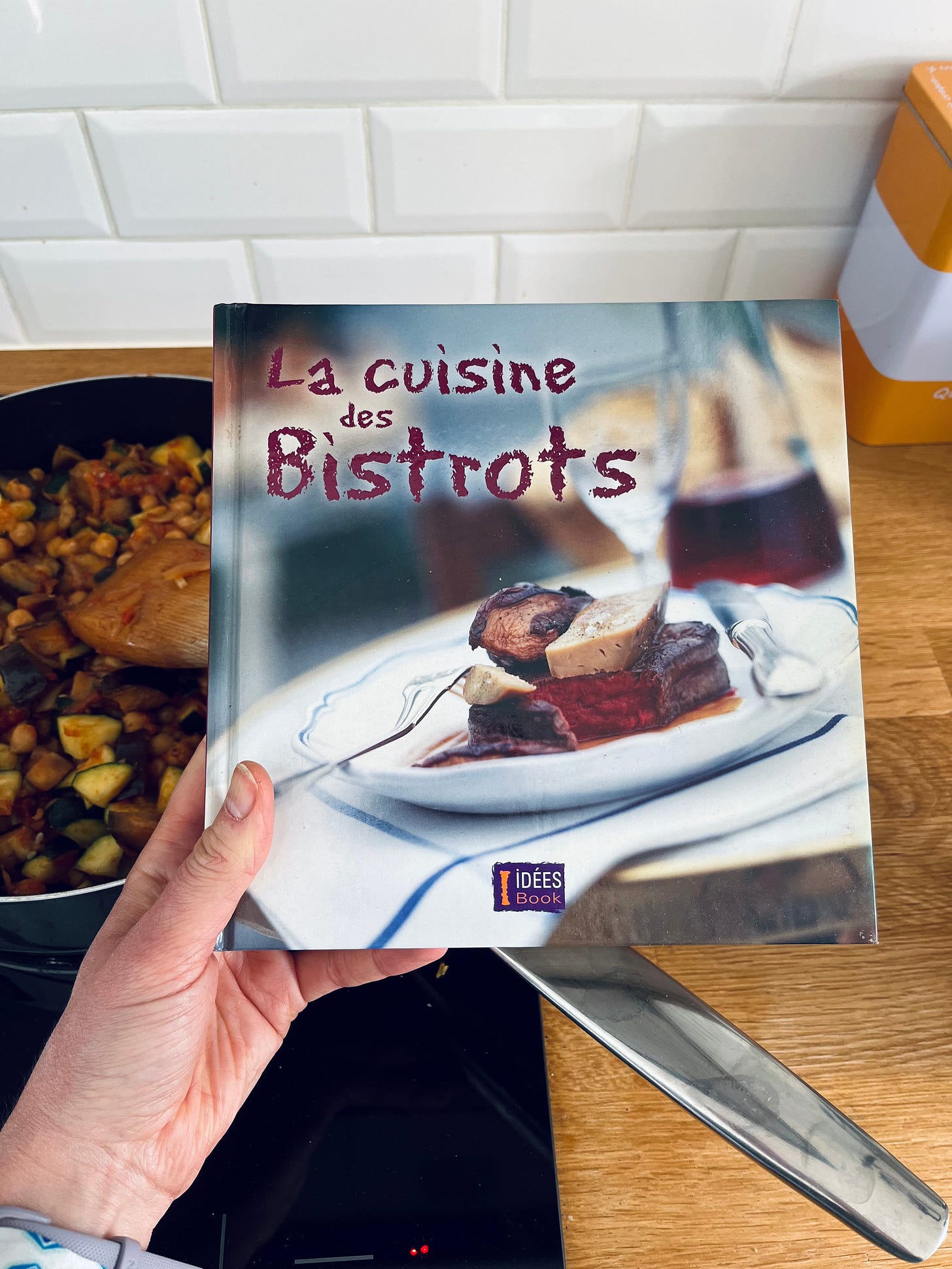
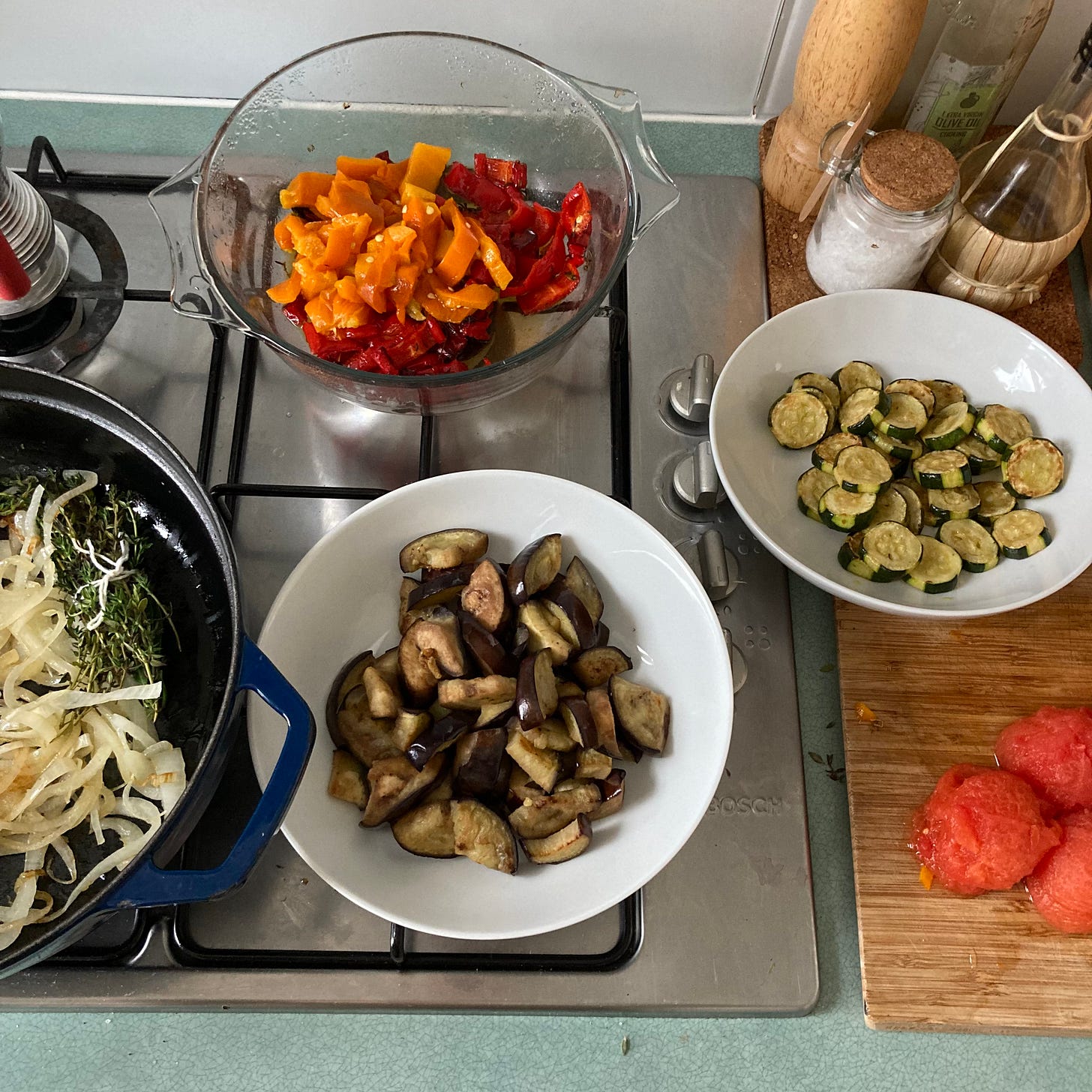
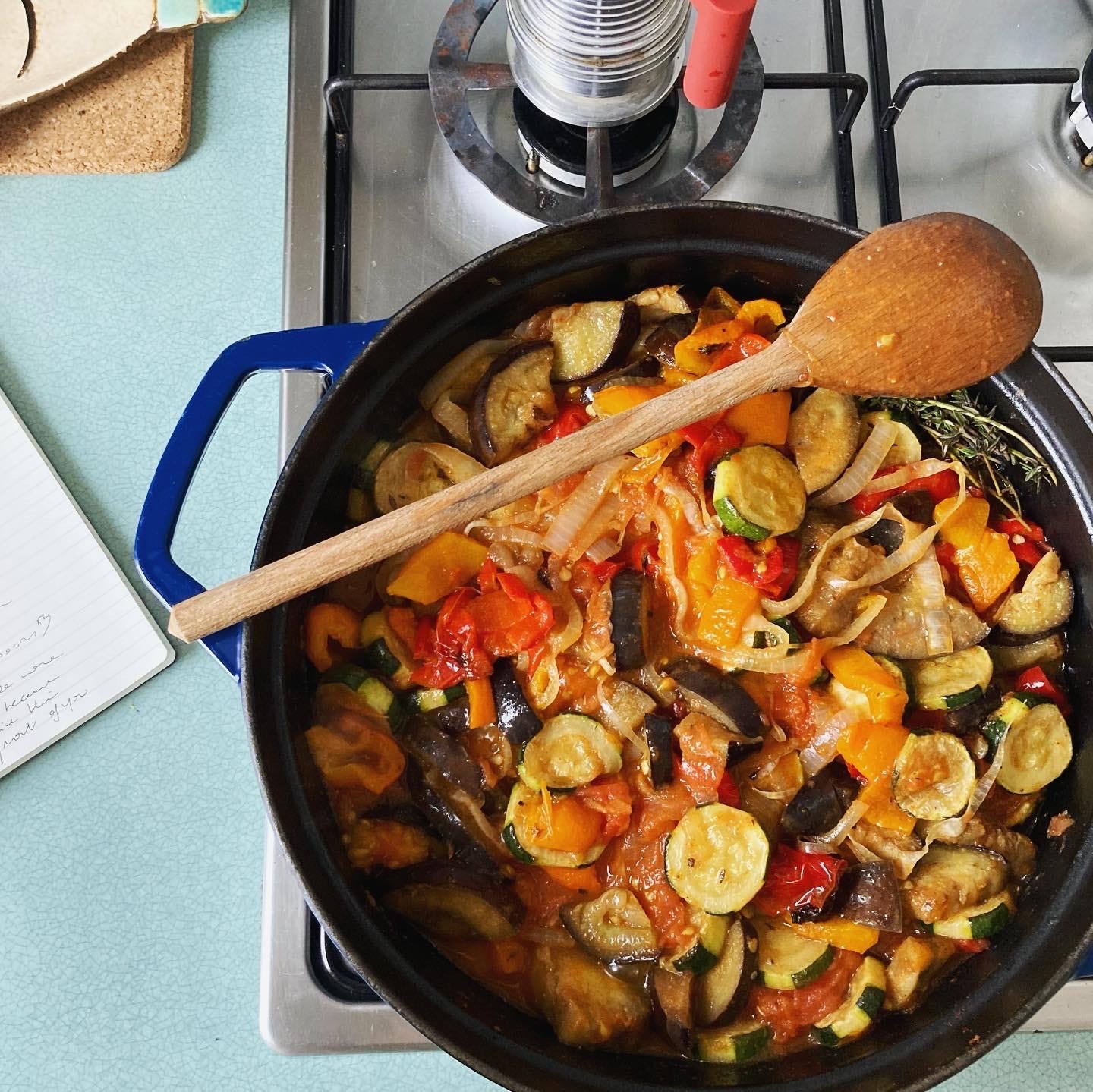
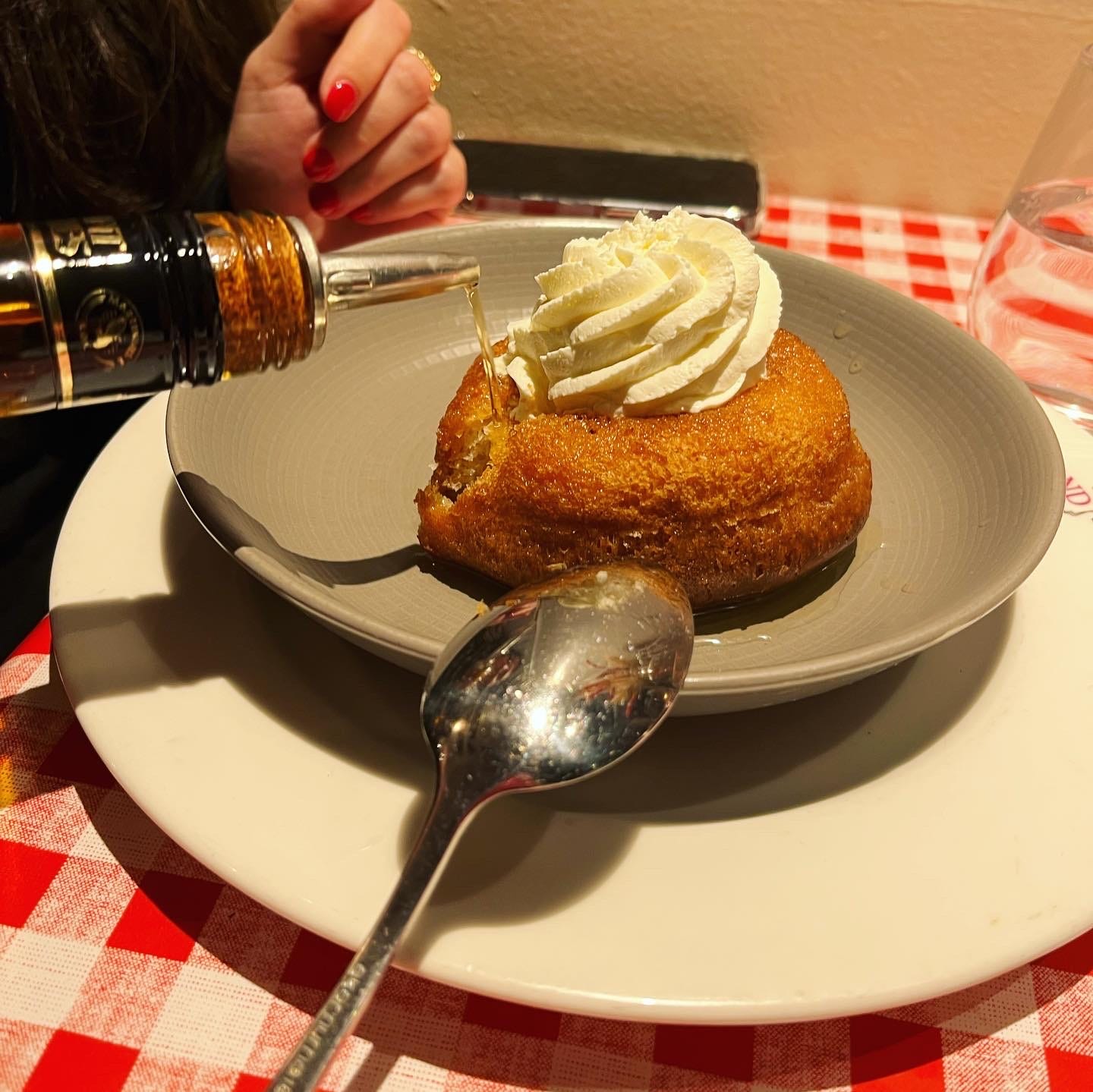
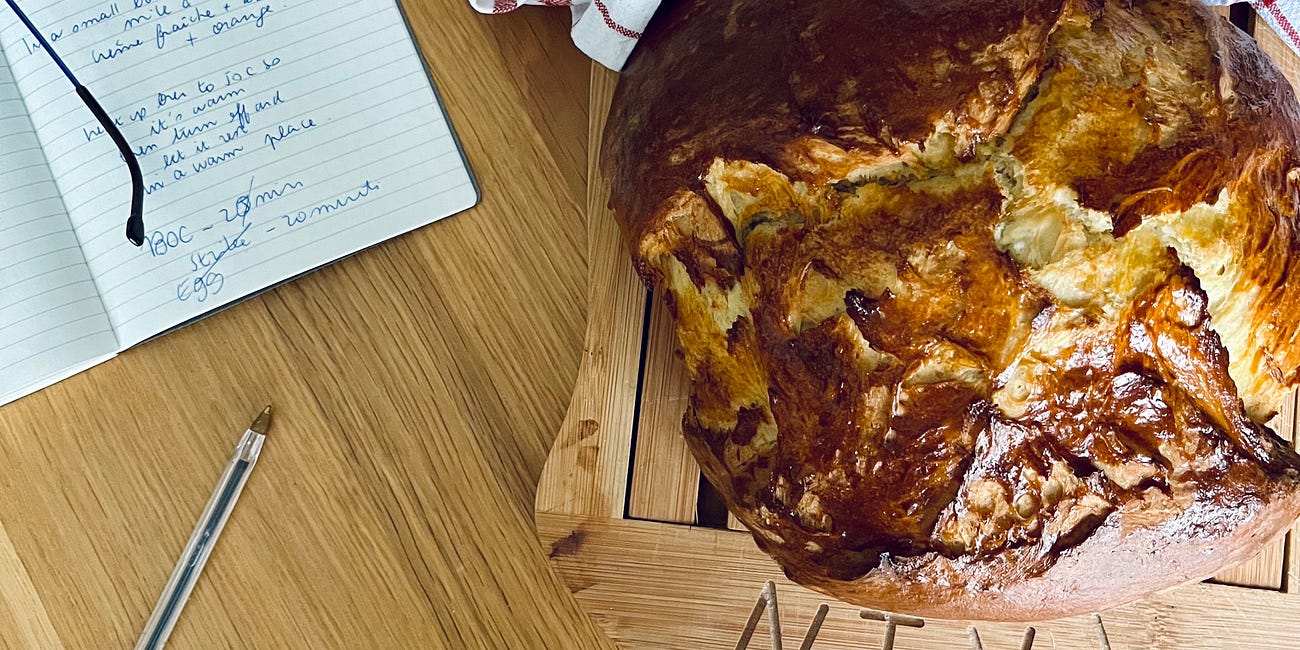
Love love love! Wish I had read this before being in Paris last weekend!
Fantastic 🥰